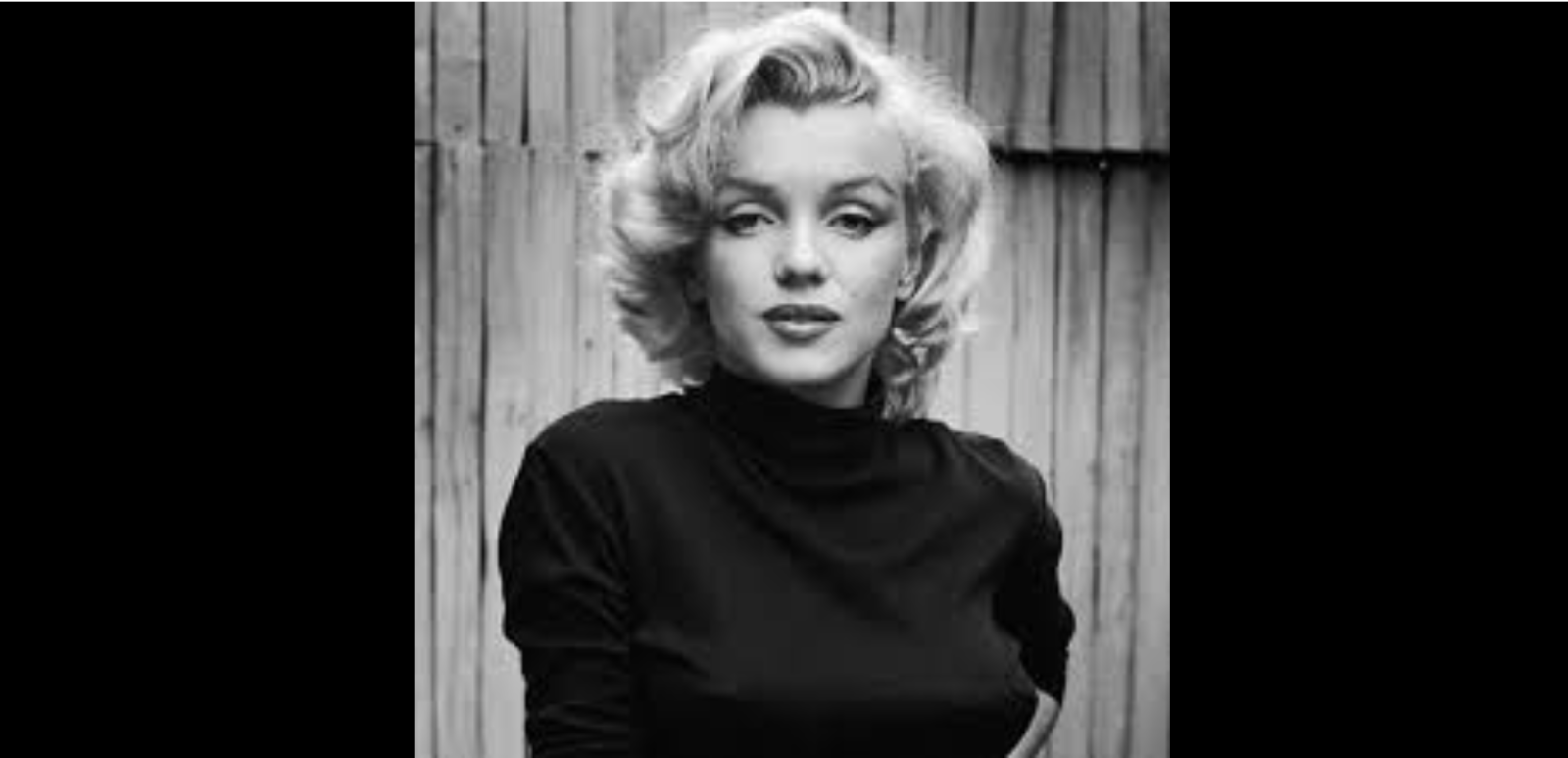A blonde teenage relation of mine has been able to pretty herself out of a number of moving and other violations; the officers, apparently, can’t bring themselves to ticket her. Of course hair color is not the sole mitigating circumstance; the girl was wearing a bikini at least once when she was pulled over. Which sounds like a blonde thing to do.
Blonde jokes. Trophy wives. Movie stars. Cheerleaders. Vikings. Angels. Milkmaids. The beloved towheaded child.
Like most of the world, I am not blonde. Not even close. But Mia, Mockingbird’s protagonist, is. When the publisher presented a first draft cover for the book featuring a beautiful red-head, I balked. I judge books by their covers; I think that somehow the outside should resonate with the inside. It was suggested that I change Mia’s hair color, it’s only hair after all. No! Mia is blonde. She possesses a very specific cultural currency.
It matters that she’s not brunette or redheaded or gray when she goes to Cuba and engages with an Afro-Cuban man. Blonde-ness is the extreme version of whiteness, and whether Mia and Carlos like it or not, they’re rubbing up against a whole fraught history, ranging from OJ and Nicole Brown Simpson on the one hand to, on the other, the tragedy of lynchings, of men strung up because they were accused of looking at a white woman the wrong way. It’s critical to acknowledge that in between those two murderous hands are the many happy and normal relationships and marriages (thanks to Loving, in the US) between African American men and white, even blonde, women. I’m not qualified to unpack such racially charged issues, but I know that these histories (along with other contextualizing forces: money, beauty, nationality, for starters) play upon my characters and upon their relationships. So Mia is blonde, because that is her genetic inheritance, part of her charm, part of her idea of self, part of her vulnerability and part of her power.
